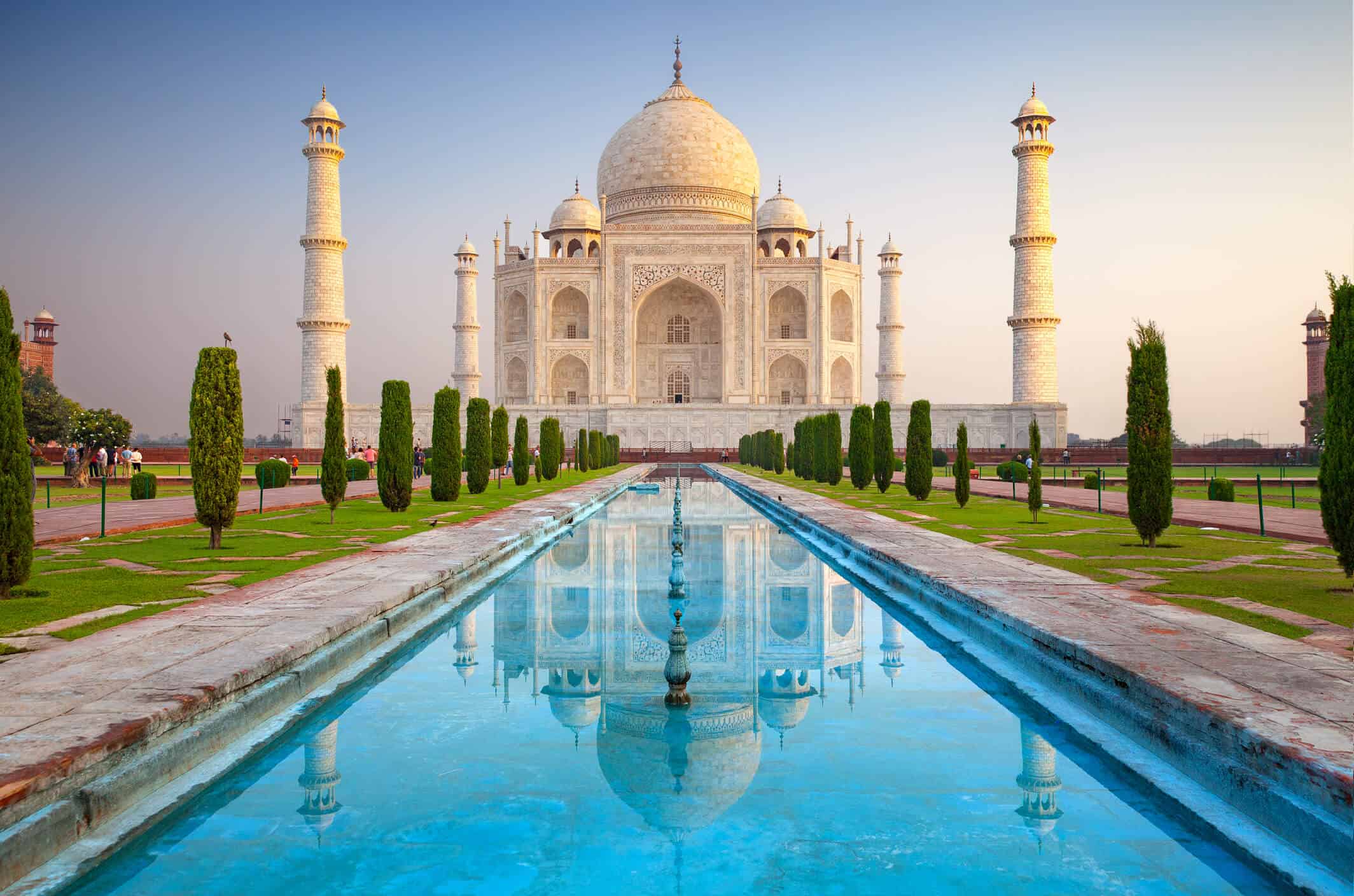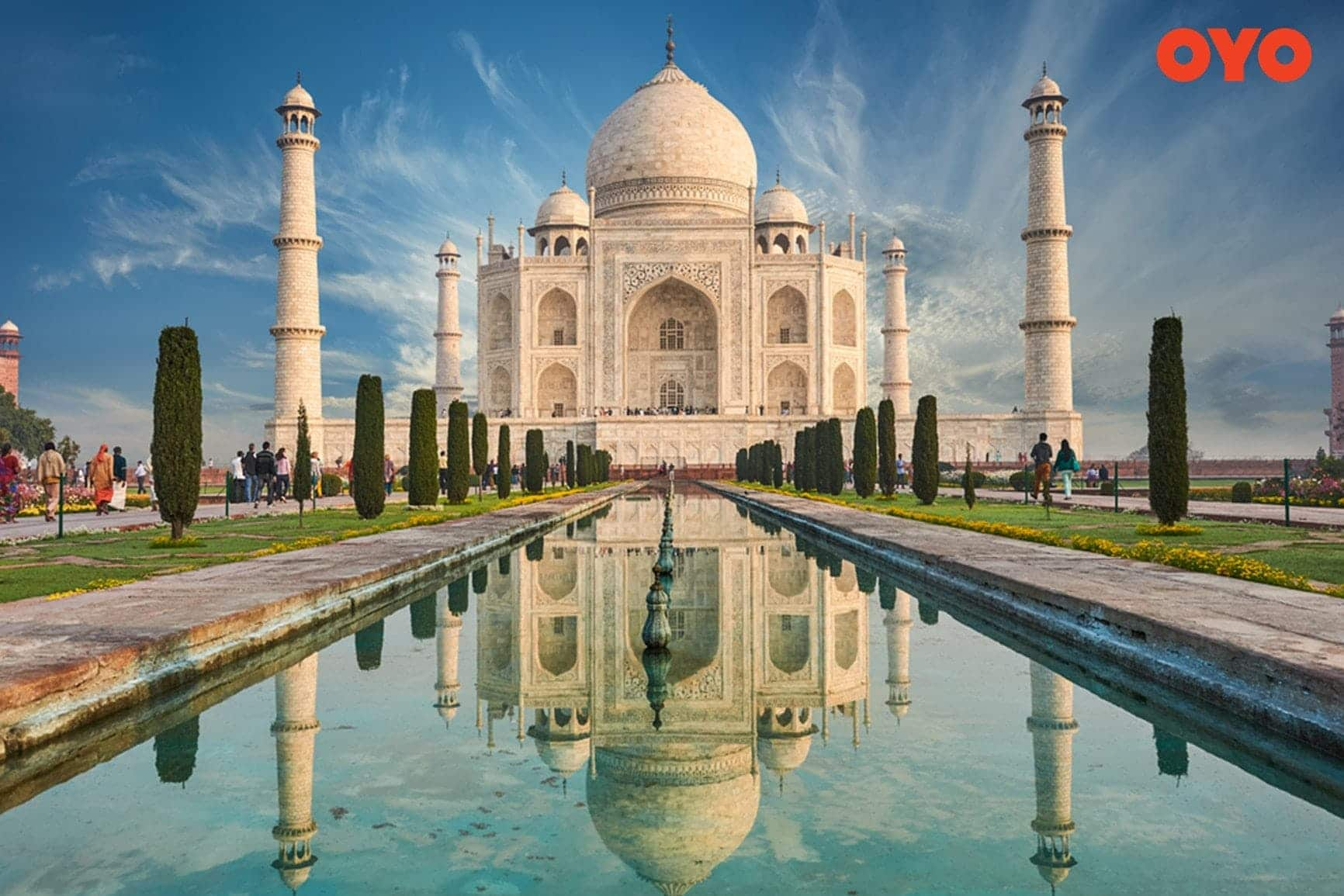Unveiling India’s Cultural Tapestry: A Journey Through Heritage Sites

Unveiling India’s Cultural Tapestry: A Journey Through Heritage Sites
India, a land of vibrant colors, diverse traditions, and ancient history, boasts a cultural heritage that is both profound and captivating. From majestic monuments to sacred temples, the country is adorned with a plethora of UNESCO World Heritage Sites and other historically significant landmarks that offer a glimpse into its rich past. Embark on a remarkable journey through India’s cultural tapestry as we explore some of the most fascinating heritage sites that deserve a place on every traveler’s itinerary.
1. The Taj Mahal, Agra: A Testament to Eternal Love
No exploration of India’s cultural heritage would be complete without a visit to the Taj Mahal, an iconic monument that stands as a symbol of eternal love. Commissioned by Mughal Emperor Shah Jahan in memory of his beloved wife Mumtaz Mahal, this architectural masterpiece is crafted from pristine white marble and adorned with intricate carvings and precious gemstones. The Taj Mahal’s ethereal beauty is best experienced at sunrise or sunset, when the soft light casts a magical glow upon its facade.
2. Agra Fort, Agra: A Chronicle of Mughal Grandeur
Located near the Taj Mahal, the Agra Fort is another architectural gem that showcases the grandeur of the Mughal Empire. This imposing fortress, built of red sandstone, served as the main residence of Mughal emperors for several generations. Within its walls, one can explore a maze of palaces, halls, and courtyards, each adorned with intricate carvings, delicate frescoes, and stunning views of the Taj Mahal.
3. Fatehpur Sikri, Uttar Pradesh: A Ghost City of Mughal Dreams
Fatehpur Sikri, a UNESCO World Heritage Site, is a deserted city that once served as the capital of the Mughal Empire during the reign of Emperor Akbar. This magnificent city, built of red sandstone, is a testament to Mughal architecture and artistic prowess. Wander through its palaces, mosques, and courtyards, and imagine the vibrant life that once filled its streets.
4. Khajuraho Temples, Madhya Pradesh: A Celebration of Art and Eroticism
The Khajuraho Temples are a group of Hindu and Jain temples renowned for their intricate sculptures and erotic art. These temples, built during the Chandela dynasty, depict scenes from mythology, daily life, and the Kama Sutra, the ancient Indian text on love and sexuality. The Khajuraho Temples are a testament to the artistic and cultural achievements of medieval India.
5. Hampi, Karnataka: A Lost City of Vijayanagara Splendor
Hampi, a UNESCO World Heritage Site, is a ruined city that was once the capital of the Vijayanagara Empire, one of the largest and most powerful empires in South India. This sprawling city, set amidst a dramatic landscape of granite boulders and lush greenery, is home to numerous temples, palaces, and other structures that showcase the architectural brilliance of the Vijayanagara period.
6. Ajanta and Ellora Caves, Maharashtra: A Symphony of Rock-Cut Art
The Ajanta and Ellora Caves are a group of rock-cut caves that showcase the artistic and religious diversity of ancient India. The Ajanta Caves are renowned for their exquisite murals that depict scenes from the life of the Buddha and the Jataka tales, while the Ellora Caves feature a unique blend of Hindu, Buddhist, and Jain temples carved out of a single rock face.
7. Varanasi, Uttar Pradesh: The Spiritual Heart of India
Varanasi, one of the oldest living cities in the world, is a sacred city that holds immense significance for Hindus. Situated on the banks of the Ganges River, Varanasi is a place where life and death intertwine, and where pilgrims come to cleanse their sins and attain salvation. Take a boat ride along the Ganges, witness the Ganga Aarti ceremony, and explore the city’s narrow lanes and ancient temples.
8. Golden Temple, Amritsar: A Sanctuary of Sikh Spirituality
The Golden Temple, also known as Harmandir Sahib, is the holiest shrine of Sikhism. This stunning temple, covered in gold leaf, is situated in the middle of a sacred pool and is a symbol of Sikh faith and unity. Visitors of all faiths are welcome to the Golden Temple, where they can experience the serenity of the surroundings and partake in the langar, a free community kitchen that serves thousands of meals every day.
9. Qutub Minar, Delhi: A Towering Symbol of Islamic Rule
The Qutub Minar is a towering minaret that stands as a symbol of Islamic rule in India. This impressive structure, built of red sandstone and marble, is adorned with intricate carvings and inscriptions and is a testament to the architectural prowess of the Delhi Sultanate.
10. Humayun’s Tomb, Delhi: A Precursor to the Taj Mahal
Humayun’s Tomb, a magnificent tomb built in memory of Mughal Emperor Humayun, is considered to be a precursor to the Taj Mahal. This stunning structure, with its elegant architecture and serene gardens, offers a glimpse into the grandeur of the Mughal era.
11. Churches and Convents of Goa: A Legacy of Portuguese Influence
Goa, a former Portuguese colony, is home to a number of churches and convents that showcase the architectural and artistic legacy of Portuguese rule. These churches, with their ornate facades and intricate interiors, are a testament to the enduring influence of Christianity in India.
12. Mahabodhi Temple, Bodh Gaya: The Enlightenment of the Buddha
The Mahabodhi Temple in Bodh Gaya is one of the most sacred sites for Buddhists around the world. It marks the spot where Siddhartha Gautama attained enlightenment and became the Buddha. The temple complex includes the Bodhi Tree, under which the Buddha meditated, and numerous stupas and other structures that commemorate his life and teachings.
13. Kaziranga National Park, Assam: A Haven for Wildlife
Kaziranga National Park, a UNESCO World Heritage Site, is a haven for wildlife, particularly the one-horned rhinoceros. This vast park, with its lush grasslands and dense forests, is home to a variety of animals, including tigers, elephants, wild buffaloes, and swamp deer.
Tips for Exploring India’s Cultural Heritage Sites:
- Plan ahead: Research the sites you want to visit and book accommodations and transportation in advance, especially during peak season.
- Dress respectfully: When visiting religious sites, dress modestly and cover your head.
- Hire a local guide: A local guide can provide valuable insights into the history and culture of the sites you are visiting.
- Stay hydrated: India can be hot and humid, so drink plenty of water to stay hydrated.
- Be respectful of local customs: India has a rich cultural heritage, so be respectful of local customs and traditions.
- Be aware of your surroundings: Be aware of your surroundings and take precautions against theft and other crimes.
- Embrace the experience: India is a land of contrasts and surprises, so embrace the experience and be open to new things.
India’s cultural heritage sites offer a captivating journey through the country’s rich history, diverse traditions, and artistic achievements. From the iconic Taj Mahal to the ancient temples of Khajuraho, each site tells a unique story and offers a glimpse into the soul of India. So, pack your bags, embark on an unforgettable adventure, and discover the wonders of India’s cultural tapestry.







